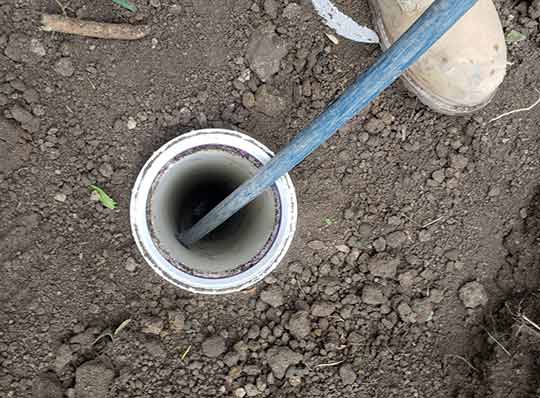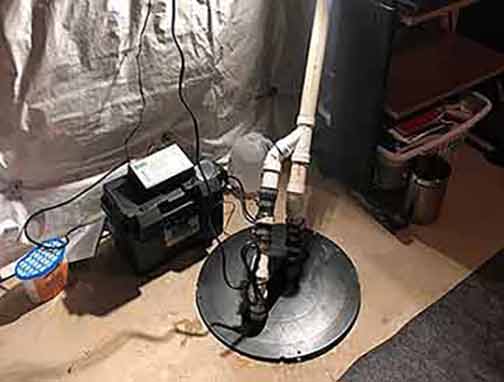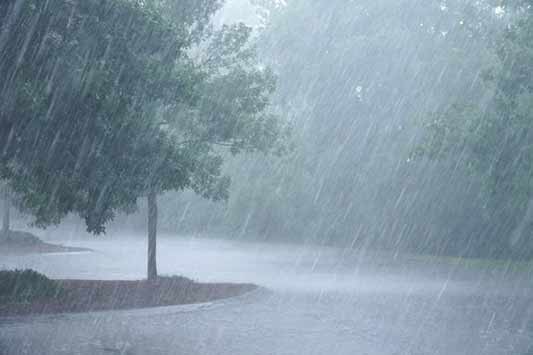Heavy rain and flooding can wreak havoc on the plumbing system of your home or business. From water damage to pipe blockages, the aftermath of such events requires immediate action to rehabilitate your plumbing system and restore its functionality. In this article, we will discuss professional strategies that can efficiently help you recover from the effects of heavy rain and flooding.
Assessing the Damage
The first step in rehabilitating your plumbing system after heavy rain and flooding is to assess the damage. This involves inspecting all areas where water might have entered, such as basements, crawl spaces, and outdoor drainage systems. Look for signs of water damage like damp walls, standing water, or musty odors. Identify any visible cracks or leaks in pipes, plumbing fixtures, or sewage lines. It is crucial to understand the extent of the damage to determine the necessary repair and rehabilitation procedures.
Water Extraction and Drying
Once the damage has been assessed, it is necessary to remove any standing water and initiate the drying process. Water extraction can be done using pumps or wet/dry vacuums, depending on the volume of water. Ensure that all affected areas are thoroughly dried to prevent mold growth and further damage. Utilize dehumidifiers and fans to enhance the drying process.

For interior drainage systems, professional plumbers can use specialized equipment such as drain snakes or hydro jetting to clear any clogs.
Clearing Drainage Systems
Heavy rains and flooding can lead to debris buildup in drainage systems, causing blockages and potential backups. It is crucial to clear these systems to restore proper water flow. If you have outdoor drains, remove any visible debris, leaves, or mud that might be obstructing the drainage paths. For interior drainage systems, professional plumbers can use specialized equipment such as drain snakes or hydro jetting to clear any clogs.
Inspecting and Repairing Water Supply Lines
After heavy rains and flooding, it is essential to inspect your water supply lines for any damages or leaks. Inspect both exposed and concealed pipes for cracks, leaks, or corrosion caused by the excess water exposure. Professionally trained plumbers can identify and repair water supply lines efficiently. Any damaged pipes or fittings should be replaced promptly to avoid further complications.
Cleaning and Sanitizing
Once the damaged plumbing components have been repaired or replaced, it is crucial to thoroughly clean and sanitize your plumbing system. This step ensures that any contaminants or pathogens carried by floodwaters are eliminated, safeguarding your health and preventing future issues. Clean all fixtures, drains, and pipes using appropriate disinfectants and sanitizers recommended by professionals.

Consider installing a sump pump system, backwater valves to prevent sewage backups, and waterproofing measures to protect basements or crawl spaces.
Preventive Measures for Future Protection
After rehabilitating your plumbing system, it is vital to take preventive measures to protect your property from future heavy rain and flooding damages. Consider installing a sump pump system, backwater valves to prevent sewage backups, and waterproofing measures to protect basements or crawl spaces. Regular inspections and maintenance of your plumbing system can help identify potential issues before they escalate into significant problems.
Conclusion
Rehabilitating your plumbing system after heavy rain and flooding requires a systematic approach to ensure efficient recovery. Assessing the damage, extracting water, clearing drainage systems, inspecting and repairing water supply lines, cleaning, sanitizing, and implementing preventive measures are all crucial steps in this process. Professional plumbers can provide valuable expertise and assistance throughout the rehabilitation process, ensuring the long-term functionality and durability of your plumbing system.
